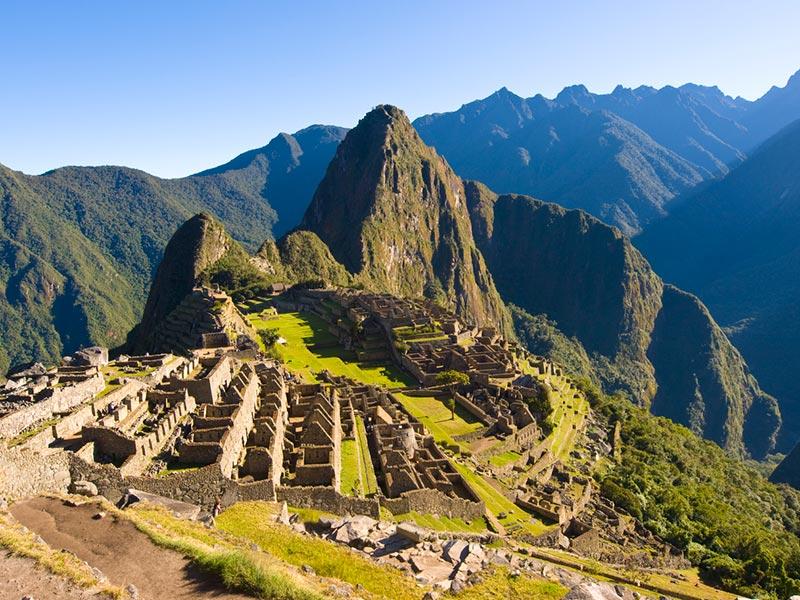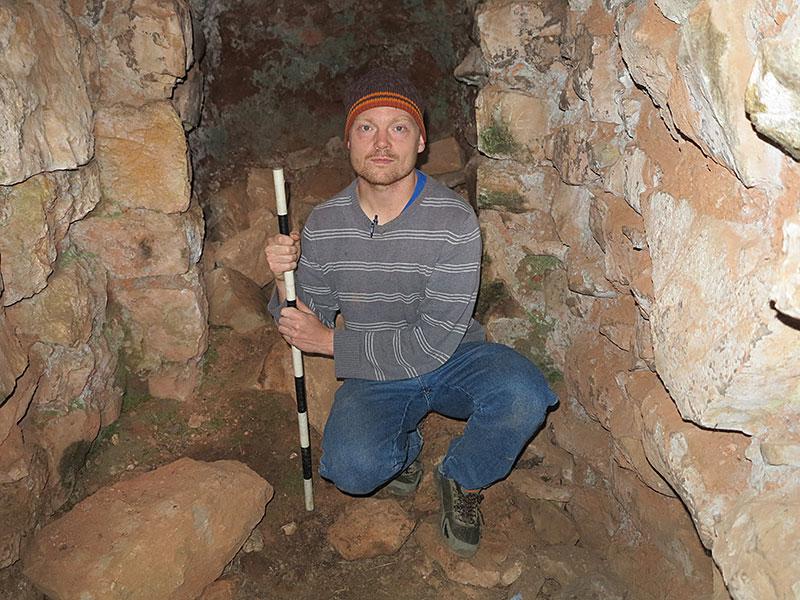Ancient DNA reveals diverse community in 'Lost City of the Incas'
Who lived at Machu Picchu at its height? A new study, published today in Science Advances, used ancient DNA to find out for the first time where workers buried more than 500 years ago came from within the lost Inca Empire.
Researchers, including Jason Nesbitt, associate professor of archaeology at Tulane University School of Liberal Arts, performed genetic testing on individuals buried at Machu Picchu in order to learn more about the people who lived and worked there.
Machu Picchu is a UNESCO World Heritage Site located in the Cusco region of Peru. It is one of the most well-known archaeological sites in the world and attracts hundreds of thousands of visitors every year. It was once part of a royal estate of the Inca Empire.
Like other royal estates, Machu Picchu was home not only to royalty and other elite members of Inca society, but also to attendants and workers, many of whom lived in the estate year-round. These residents did not necessarily come from the local area, though it is only in this study that researchers have been able to confirm, with DNA evidence, the diversity of their backgrounds. “It’s telling us, not about elites and royalty, but lower status people,” Nesbitt said. “These were burials of the retainer population.”
This DNA analysis works in much the same way that modern genetic ancestry kits work. The researchers compared the DNA of 34 individuals buried at Machu Picchu to that of individuals from other places around the Inca Empire as well as some modern genomes from South America to see how closely related they might be.
The results of the DNA analysis showed that the individuals had come from throughout the Inca Empire, some as far away as Amazonia. Few of them had shared DNA with each other, showing that they had been brought to Machu Picchu as individuals rather than as part of a family or community group.
“Now, of course, genetics doesn’t translate into ethnicity or anything like that,” said Nesbitt of the results, “but that shows that they have distinct origins within different parts of the Inca Empire.”
“The study does really reinforce a lot of other types of research that have been done at Machu Picchu and other Inca sites,” Nesbitt said. The DNA analysis supports historical documentation and archaeological studies of the artifacts found associated with the burials.
This study is part of a larger movement in archaeology to combine traditional archaeological techniques with new technologies and scientific analyses. This combination of fields leads to a more complete understanding of the discoveries made.
“There’s nothing from the genetics that would tell you that these were retainers,” Nesbitt said. “That comes from the archaeological data and analysis of historical information.”
Although this is the first study of its type on the ancient DNA from Machu Picchu, it is one of many studies that have been performed on artifacts brought from Machu Picchu to Yale University in the early 20th century. In 2010, Yale made an agreement with the Peruvian government to return the artifacts after collecting data for future study. All the artifacts were returned to Peru by 2012.
Nesbitt worked on this study with an international team led by Lucy Salazar and Richard Burger of Yale University and Lars Fehren-Schmitz from the University of California Santa Cruz. Other Tulane researchers that were involved in the project included John Verano, a professor of anthropology, and Bebel Ibarra Asencios, a former PhD student at Tulane.


